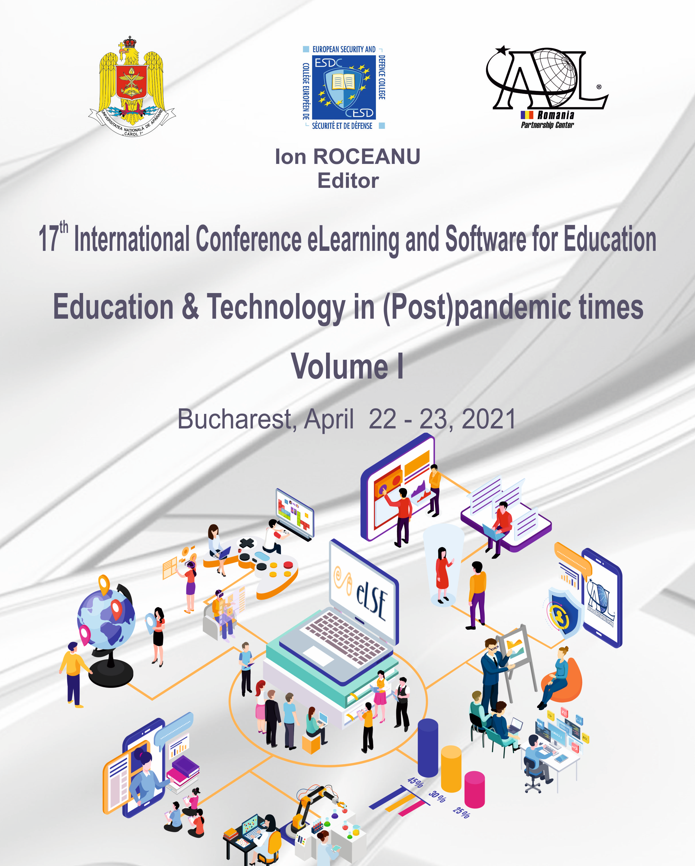USING MICROSOFT TEAMS TO DEVELOP ENGINEERING STUDENTS’ TELECONFERENCING SKILLS – A CLIL APPROACH
USING MICROSOFT TEAMS TO DEVELOP ENGINEERING STUDENTS’ TELECONFERENCING SKILLS – A CLIL APPROACH
Author(s): Yolanda-Mirela CatellySubject(s): Foreign languages learning, Higher Education , Health and medicine and law, ICT Information and Communications Technologies, Distance learning / e-learning
Published by: Carol I National Defence University Publishing House
Keywords: engineering higher education; foreign language instruction; synchronous online teaching; content digitalization; CLIL; teleconferencing skills;
Summary/Abstract: Given the pandemic context effects on the higher education starting 2020, the entire instructional process, including the foreign language courses, has turned online, supported by the IT means available for the university. Therefore, gradually, courses were redesigned, in terms of content and methodological approach, to be adapted to the new environment, specific to synchronous online education, viz. for the University POLITEHNICA of Bucharest, the use of Microsoft Teams and the Moodle platform. Thus, by taking into account the quite predictable change in both the education and the future job needs of the engineering students/future employees, who will most probably continue to use synchronous online means for their daily activities, the focus of the foreign language course at bachelor level was necessarily shifted onto developing the trainees’ appropriate soft skills for this type of environment. Certain features of the educational context described in the paper, namely: (i) the good technical profile of the learners, who are IT students with high computer literacy and good command of English, at least of B2 level, (ii) the availability of the Microsoft Teams and Moodle technical support in the university, (iii) the context of the practical course of language – English for Professional Communication – based on a core course book that, by its flexible structure, allows optimization required by the need to modernize/update both the content, and the didactic means used in implementing it, (iv) the language teacher’s openness and adaptability to innovate, have been conducive to the design of a supplementary complete course book unit, centred on developing teleconferencing skills, and taught in the synchronous online mode, taking advantage of the very existence of the Microsoft Teams platform available for the course. The unit, whose design is based on communicative/eclectic pedagogical principles, is briefly presented in the paper, together with the rationale for its sections, which actually blend, as a CLIL (Content and Language Integrated Learning) type of education, the teaching of content, i.e. knowledge of soft skills – teleconferencing skills, and language at B2/C1 level, respectively – thus making full use of the digital support available. Considering the way it combines teaching about teleconferencing skills by using precisely the Teams support, which is – and certainly, will be, for a long time in the future - specific for the application/use of such skills, in both study and working activities in real life, the proposed approach can be efficient, since it saves time, effort and costs for further in-house skills training of the future engineers at their (first) working places - which is exactly what most employers expect today from the academia.
Journal: Conference proceedings of »eLearning and Software for Education« (eLSE)
- Issue Year: 17/2021
- Issue No: 01
- Page Range: 118-129
- Page Count: 12
- Language: English

